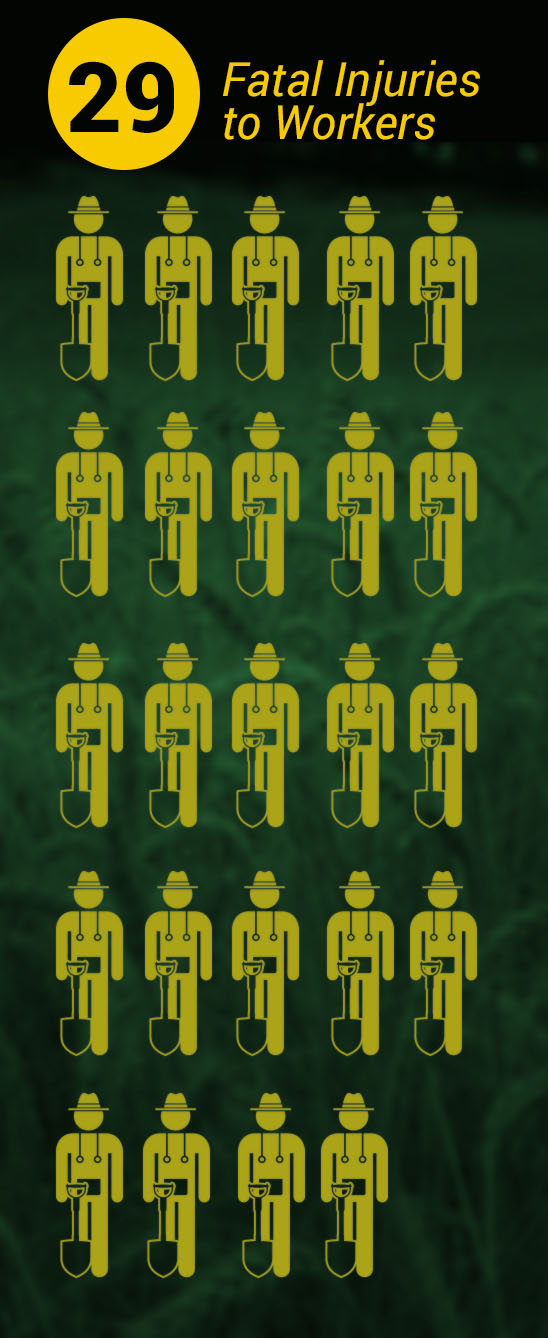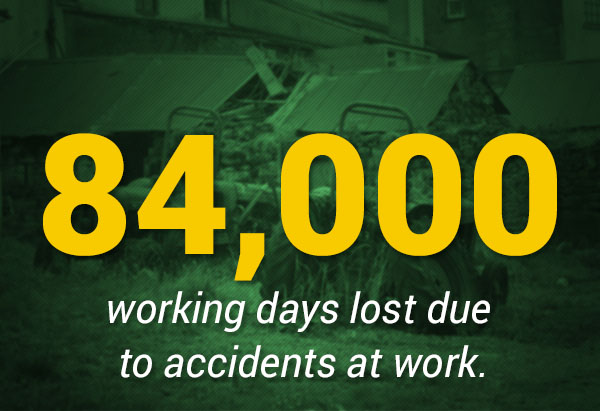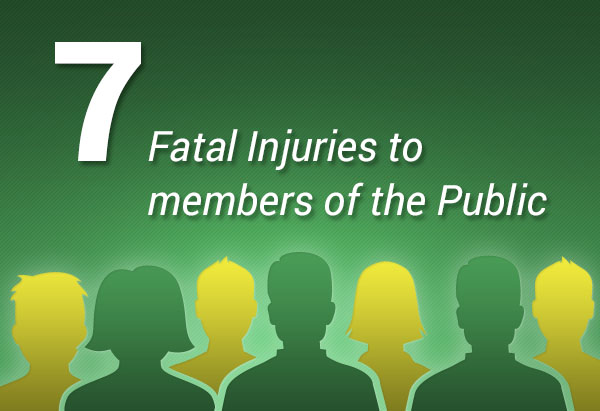People often aren’t sure what to do if they are involved in an accident and an animal is hurt. The no.1 accident claims helpline is here to help. What you should do if you are involved in an accident where an animal was hurt depends largely on the type of animal it was. As the number one accident claims helpline, we are regularly contacted by motorists who have been involved in accidents of exactly this nature. Some animals do not come within the definition of animal for road traffic purposes; it is only those that do that you should report to the police. If you are unsure, you should report it anyway, and if the animal is still alive the police will arrange for a vet to come out.
Animal incidents you should report to the police include:
- Dogs
- Goats
- Horses
- Cattle
- Mules
- Sheep
- Pigs
- Deer (in the U.S.)
- Wild Animals (in the U.S.)
Accidents you do not have to report include those involving:
- Cats
- Wild animals
Badgers are a special case. They are a protected species and it is illegal to possess one, dead or alive unless you have the proper authority. If you kill one you should leave it at the roadside and contact the local authority for them to remove the remains of the animal. All of the above information on what you should do if you are involved in an accident where an animal is hurt is from official police sources, but the National Great Dane Rescue (NGDR) approached different sources and found different viewpoints.
The Vet: The vet suggested that either the police or dog wardens should be notified because they have the facilities to collect a dog from the scene of an accident. He also pointed out, that if you called a vet yourself, or took the animal to a vets surgery, you would be responsible for the costs of treatment if the owner could not be found. He did say that some surgeries are lenient in these cases and reduce the costs.
The RSPCA: The RSPCA said that the police were the right place to go because they have a list of vets they can call on in an emergency. The RSPCA also have the facilities to attend accidents, which are available 24 hours a day. In their case, if the owner cannot be found, they will pay the first £50 of the treatment costs.
The Police: The policeman they spoke to in the Justice Department at Headquarters seemed to have a different view from the official sources when posed with the same problem. Firstly he said that if the accident occurred in a public place and the owner was present, it does not need to be reported to the police. He suggested that details are exchanged as with any accident, as the owner of the animal has a right to make a compensation claim for the animal’s injuries. He also said that in his opinion, you should never admit liability as this could be held against you at a later date.
Where you live makes a difference
There are 46 Police Forces in the UK and it seems that each has its own policies when it comes to injured animals. Some of them have lists of vets, some of them will come out and assist, but really they believe they have more important things to deal with than injured animals, and if you can deal with it on your own, they will let you. Even if the RSPCA pay the first £50, who is left to pay the balance of the bill if the owner cannot be found? Here at the number one accident claims helpline, we believe there should be a nationwide strategy so everyone knows what they should do if they are involved in an accident where an animal is hurt.
What you can do while waiting for help
There is ‘First Aid’ that might make the animal a bit more comfortable until help arrives. This will depend on the type of animal and how aggressive they are, but you could try:
- Approach the animal with extreme caution, even your own pet may turn on you if they are in pain or shock.
- As you are approaching, talk to the animal in a reassuring voice.
- If the animal does not appear to have breathing difficulties, but is aggressive, make your approach from behind, and if you have a scarf or something similar wrap it round the mouth, a bit like a muzzle.
- If the animal is causing an obstruction and needs to be moved, it is better to use a blanket or coat as a stretcher and move it gently to a safe place.
- If you can see open wounds, cover them gently.
- If blood is bright red and coming out in spurts, a major artery may have been severed. Do not apply a tourniquet. Cover the injury with cloths and do not remove those which become soaked through, just keep adding more and putting pressure on the wound until the vet arrives.
What about you?
So far we have talked about the animals and have mentioned that if the owner considers you to be at fault, they can make an injury claim for the injuries their dog has sustained, both for the vets bills and any other our of pocket expenses that they have had to pay. They can even claim for their own stress because their pet has been hurt.
But what if the boot is on the other foot – what if the animal caused the accident, and you are injured as well as the animal. This is another common case here at the no.1 accident claims helpline. In this case you can make a personal injury compensation claim against the owners. Obviously, this would not apply in the case of wild animals, but it is not unusual for a cow or sheep to cause an accident, and then the farmer is liable. It is the farmer’s responsibility to make sure they are kept in their fields and only appear on the road when they are being moved around under supervision.
Like any type of accident that can occur, if you are involved in an accident where an animal was hurt, but it was not your fault, and you have sustained injuries that needed medical attention, you are entitled to make a personal injury compensation claim. Contact No. 1 accident claims helpline for further information.
Author Bio: John Cooper is an insurance consultant.
Note: In the U.S., accidents involving deer are very costly. Due to the increase in deer population, even in newly developed urban areas, collisions with deer are very frequent. If your vehicle strikes a deer, do not touch the animal. The frightened animal, in attempting to move, could hurt you or itself. The best procedure is to get your car off the road, if possible, and call the police. When you get home, contact your insurance agent or company representative and report the incident. Collision with an animal is normally covered under the comprehensive portion of your auto insurance policy. pb


